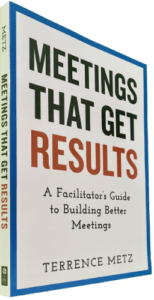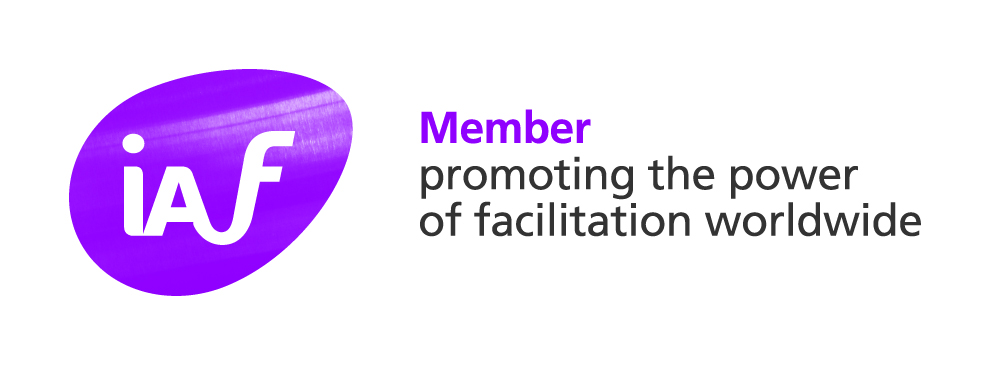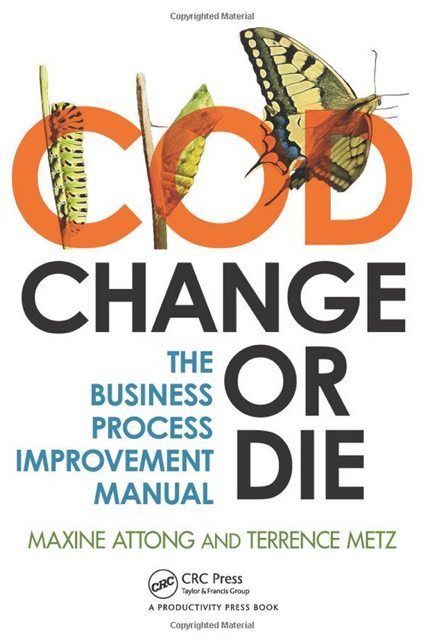Information is physical. “To do anything requires energy. To specify what is done requires information.” –Seth Lloyd (2006) c/o James Gleick
“The Information: A History, a Theory, a Flood” released by First Vintage Books in March 2012, and written by James Gleick © 2011, will leave you exhilarated with the implications of information as a thing, and exhausted at understanding the implications of information as another dimension, much like length, width, and height. his highly acclaimed and best-selling author has probably forgotten more about this topic than this author is capable of restating, but his work is definitely worth a read.
For me, I was quite awakened to the understanding that the term itself is dynamic—notice “in – formation.” For us, the difference between ‘information’ and ‘data’ becomes apparent when you hyphenate the former. Then you see that the intent of the word is to capture the dynamic, the stuff that is in formation. The latter then represents the static, stuff that doesn’t necessarily change.
No wonder that the requirements and technology to support information, are never static and constantly changing. His discussion about the history and evolution towards the current state of quantum computing is remarkably clear yet simply challenging. Who can honestly explain teleportation cleanly and clearly to someone else? Yet most of us know and would agree with the Einsteinian equation “If you can’t explain it simply, you don’t understand it well enough.”
Wikipedia
For me, particularly enjoyable was the chapter on Wikipedia, since it represents the true sense of digital collaboration. It also represents consensus, except for the disambiguations, or areas void of clear consensus.
From early Charles Babbage and “No Thought Can Perish” to the edit wars of Wikipedia if you are regularly engaged in the sphere of information technology, you will find Glieck’s book worthwhile at least, and at most, highly illuminating. After all, which is more accurate—is a human with a cat its “owner,” its “caregiver,” its “human companion,” or other? Or, to borrow liberally from Glieck’s painstaking research “factions fission into . . . the Association of Wikipedians Who Dislike Making Broad Judgments About the Worthiness of a General Category of Article, and Who are in Favor of the Deletion of Some Particularly Bad Articles, but That Doesn’t Mean They Are Deletionists.” (for real).
His Prologue of references and Bibliography alone are worthy of any library, including yours, if part of your life’s passion deals with information technology.
______
Don’t ruin your career by hosting bad meetings. Sign up for a workshop or send this to someone who should. MGRUSH workshops focus on meeting design and practice. Each person practices tools, methods, and activities every day during the week. Therefore, while some call this immersion, we call it the road to building high-value facilitation skills.
Our workshops also provide a superb way to earn up to 40 SEUs from the Scrum Alliance, 40 CDUs from IIBA, 40 Continuous Learning Points (CLPs) based on Federal Acquisition Certification Continuous Professional Learning Requirements using Training and Education activities, 40 Professional Development Units (PDUs) from SAVE International, as well as 4.0 CEUs for other professions. (See workshop and Reference Manual descriptions for details.)
Want a free 10-minute break timer? Sign up for our once-monthly newsletter HERE and receive a timer along with four other of our favorite facilitation tools, free.
Related articles
- Alan Turing name-checks his predecessor Charles Babbage (wired.com)
- James Gleick: The Information: A History, a Theory, a Flood (ritholtz.com)

Terrence Metz, MBA, CSM, CSPF, PSP01, HTTO1, is the Managing Director of MG RUSH Facilitation Leadership, Training, and Meeting Design, an acknowledged leader in structured facilitation training, and author of “Meetings That Get Results – A Facilitator’s Guide to Building Better Meetings.” His FAST Facilitation Best Practices blog features nearly 300 articles on facilitation skills and tools aimed at helping others lead meetings that produce clear and actionable results. His clients include Agilists, Scrum teams, program and project managers, senior officers, and the business analyst community among numerous private and public companies and global corporations. As an undergraduate of Northwestern University (Evanston, IL) and an MBA graduate from NWU’s Kellogg School of Management, his professional experience has focused on process improvement and product development. He continually aspires to make it easier for others to succeed.










Excellent article! We will be linking to this particularly great content
on our site. Keep up the good writing.
For taking time to comment and reply, we are most appreciative. We will continue striving to add value so that you can help others make more informed decisions.
Many kind thoughts and wishes to you and yours. Thank-you for your unsolicited feedback.
An impressive share! I have just forwarded this onto a coworker who was
doing a little research on this. And he actually ordered me lunch simply because I stumbled upon it for him.
.. lol. So allow me to reword this…. Thank YOU for the meal!
! But yeah, thanks for spending some time to talk about
this topic here on your web site.
Clearly one of my all time favorite comments. You are quite welcome.